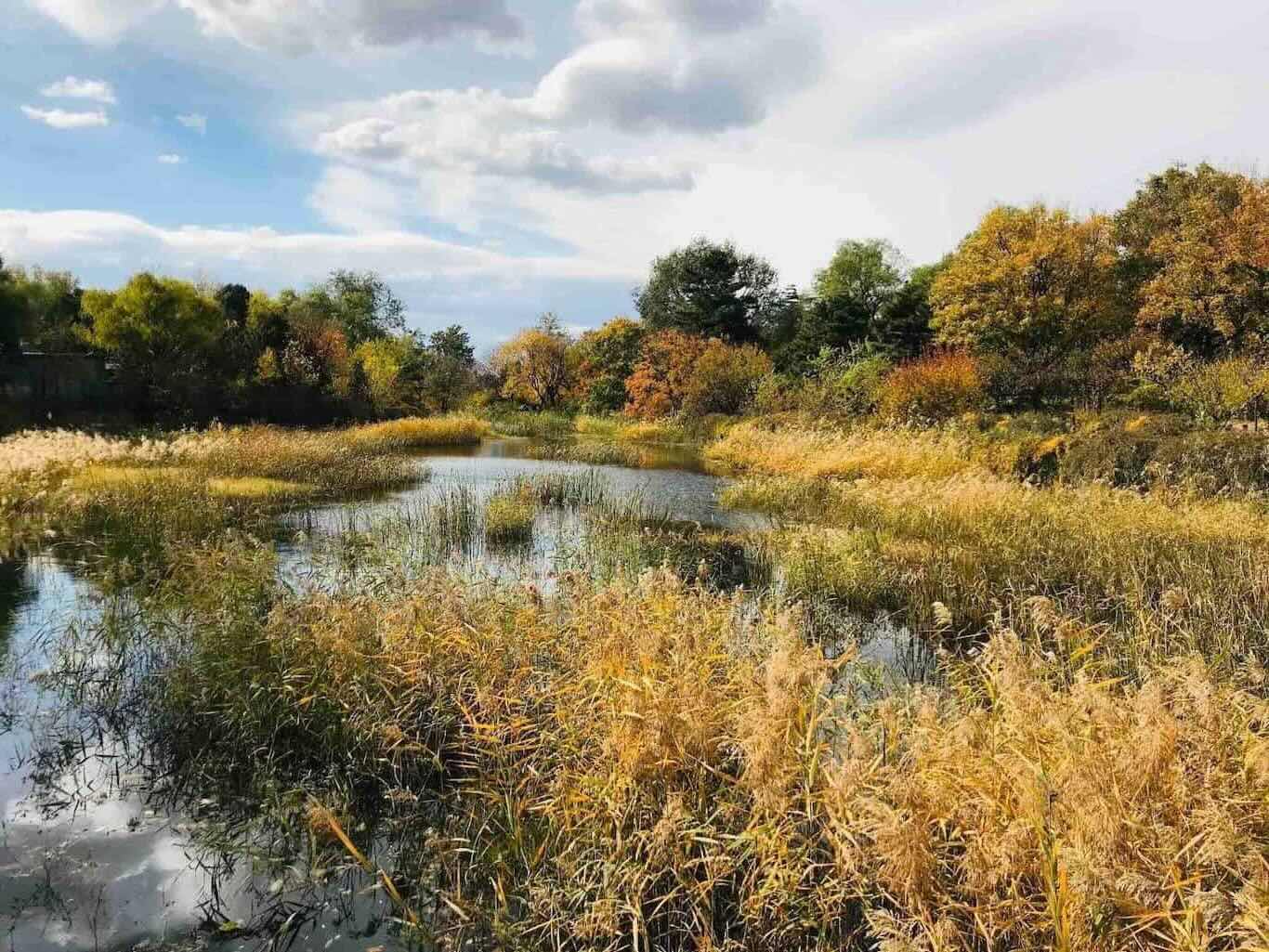
Peatlands are fascinating ecosystems that often go unnoticed. These unique wetlands are made up of partially decayed organic matter, primarily plant material, that accumulates in waterlogged conditions. Did you know that peatlands cover about 3% of the Earth's land surface but store twice as much carbon as all the world's forests combined? This makes them crucial in the fight against climate change. Besides their role in carbon storage, peatlands support a diverse range of wildlife, including rare and endangered species. They also play a vital role in water regulation, acting like natural sponges that absorb excess rainfall and release it slowly, reducing flood risks. Understanding peatlands is essential for appreciating their environmental significance and the need for their conservation.
What Are Peatlands?
Peatlands are unique ecosystems found in various parts of the world. They play a crucial role in maintaining biodiversity, regulating water cycles, and storing carbon. Let's dive into some fascinating facts about these vital landscapes.
- Peatlands cover about 3% of the Earth's land surface.
- They store twice as much carbon as all the world's forests combined.
- Peatlands are found on every continent except Antarctica.
- These ecosystems are primarily composed of accumulated plant material that has partially decayed over thousands of years.
- Peatlands are home to many rare and endangered species, including the carnivorous sundew plant.
- They act as natural water filters, improving water quality by trapping sediments and pollutants.
- Peatlands can be classified into three main types: bogs, fens, and swamps.
- Bogs are the most common type of peatland and are characterized by their acidic, nutrient-poor conditions.
- Fens are less acidic and more nutrient-rich than bogs, often receiving water from groundwater sources.
- Swamps are forested peatlands that can be found in both tropical and temperate regions.
Importance of Peatlands in Climate Regulation
Peatlands play a significant role in regulating the Earth's climate. Their ability to store carbon makes them essential in the fight against climate change.
- Peatlands store approximately 550 gigatons of carbon, which is equivalent to 75% of all atmospheric carbon.
- When peatlands are drained or degraded, they release stored carbon dioxide into the atmosphere, contributing to global warming.
- Protecting and restoring peatlands can help mitigate climate change by preventing carbon emissions.
- Peatlands also help regulate local climates by maintaining humidity levels and cooling the surrounding air.
- They act as natural buffers against extreme weather events, such as floods and droughts.
- Peatlands can absorb and store large amounts of water, reducing the risk of downstream flooding.
- During dry periods, peatlands release stored water, helping to maintain river flows and support aquatic ecosystems.
Peatlands and Biodiversity
Peatlands are biodiversity hotspots, providing habitat for a wide range of plant and animal species. Their unique conditions support many organisms that are not found anywhere else.
- Peatlands are home to over 3,000 species of plants, including mosses, sedges, and orchids.
- Many bird species, such as the Eurasian curlew and the black grouse, rely on peatlands for breeding and feeding.
- Peatlands support a variety of amphibians, including frogs, newts, and salamanders.
- Insects, such as dragonflies and damselflies, thrive in the wet conditions of peatlands.
- Peatlands provide habitat for several mammal species, including the European otter and the water vole.
- The unique conditions of peatlands support many rare and endangered species, making them critical for conservation efforts.
- Peatlands are also important for maintaining genetic diversity within plant and animal populations.
Human Use and Impact on Peatlands
Humans have utilized peatlands for various purposes throughout history. However, human activities have also led to the degradation and loss of these valuable ecosystems.
- Peat has been used as a fuel source for centuries, particularly in regions with limited access to other energy sources.
- Peatlands have been drained for agricultural purposes, leading to the loss of valuable habitat and carbon storage.
- The extraction of peat for horticultural use has contributed to the degradation of peatlands.
- Infrastructure development, such as roads and buildings, has led to the fragmentation and destruction of peatland habitats.
- Climate change poses a significant threat to peatlands, as rising temperatures and changing precipitation patterns can alter their hydrology.
- Conservation efforts are underway to protect and restore peatlands, including re-wetting drained areas and promoting sustainable land use practices.
- International agreements, such as the Ramsar Convention, recognize the importance of peatlands and promote their conservation and wise use.
- Public awareness and education about the value of peatlands are essential for their protection and sustainable management.
The Final Word on Peatlands
Peatlands are more than just soggy patches of earth. They play a crucial role in our ecosystem by storing vast amounts of carbon, supporting unique wildlife, and regulating water systems. Despite covering only 3% of the world's land surface, they hold twice as much carbon as all the world's forests combined. This makes their conservation vital in the fight against climate change. Peatlands also offer a glimpse into the past, preserving ancient artifacts and even human remains. However, they face threats from agriculture, forestry, and climate change. Protecting these unique landscapes is essential for maintaining biodiversity and mitigating global warming. So next time you think of wetlands, remember the hidden power of peatlands. They’re not just muddy swamps; they’re vital to our planet’s health.
Was this page helpful?
Our commitment to delivering trustworthy and engaging content is at the heart of what we do. Each fact on our site is contributed by real users like you, bringing a wealth of diverse insights and information. To ensure the highest standards of accuracy and reliability, our dedicated editors meticulously review each submission. This process guarantees that the facts we share are not only fascinating but also credible. Trust in our commitment to quality and authenticity as you explore and learn with us.
